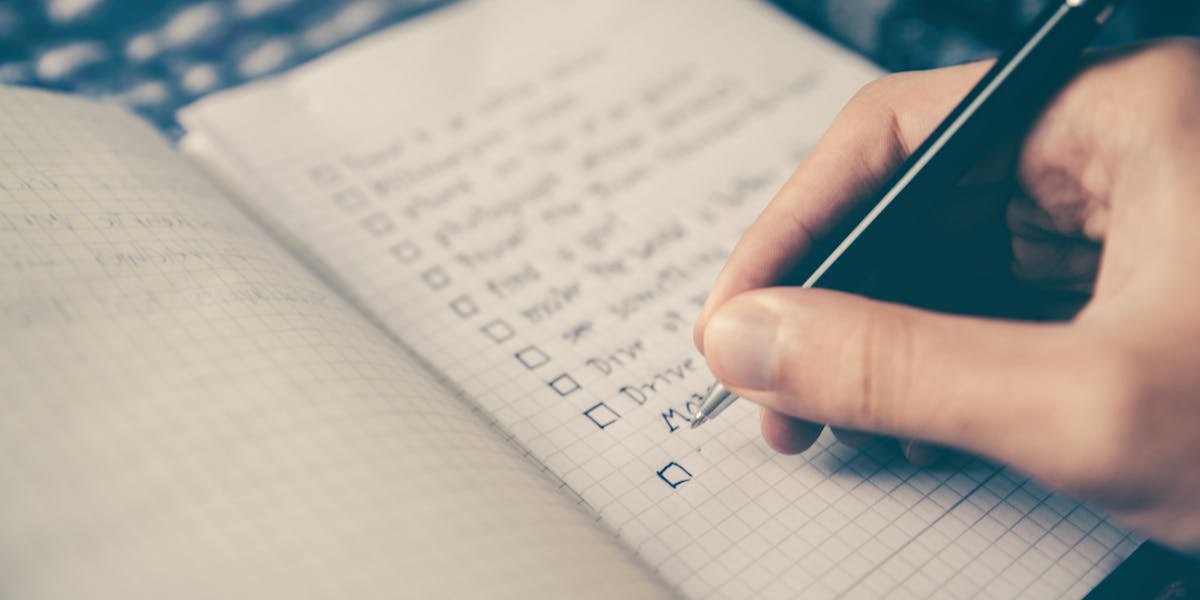Mastering Remote Work Productivity
Proven strategies and habits for staying productive, focused, and balanced while working remotely, based on five years of real-world experience.

Sarah Chen

Mastering Remote Work Productivity
Remote work offers incredible freedom, but staying productive without the structure of an office requires intentional habits and systems. Here's what I've learned after five years of remote work.
Create Your Environment
Dedicated Workspace: Even in a small apartment, designate a specific area for work. Your brain needs spatial cues to shift into work mode.
Optimize for Focus: Invest in good lighting, a comfortable chair, and noise-canceling headphones. Your environment directly impacts your output.
Time Management Strategies
The Pomodoro Technique
Work in 25-minute focused sessions with 5-minute breaks. After four sessions, take a longer 15-30 minute break. This prevents burnout and maintains high concentration.
Time Blocking
Schedule specific tasks for specific times. Treat these blocks as unmovable appointments. Deep work should happen during your peak energy hours.
The Two-Minute Rule
If something takes less than two minutes, do it immediately. This prevents small tasks from accumulating and becoming overwhelming.
Communication is Key
Over-communicate: What might be obvious to you isn't always clear to remote colleagues. Err on the side of providing too much context.
Set Boundaries: Just because you work from home doesn't mean you're always available. Communicate your working hours clearly.
Video Calls: Turn on your camera. It builds stronger connections and keeps everyone engaged.
Avoid Burnout
Remote work can blur the lines between work and life. Set a firm end time, take regular breaks, and actually log off. Your mental health is more important than any deadline.
Remember: productivity isn't about working more hours—it's about making your working hours count.